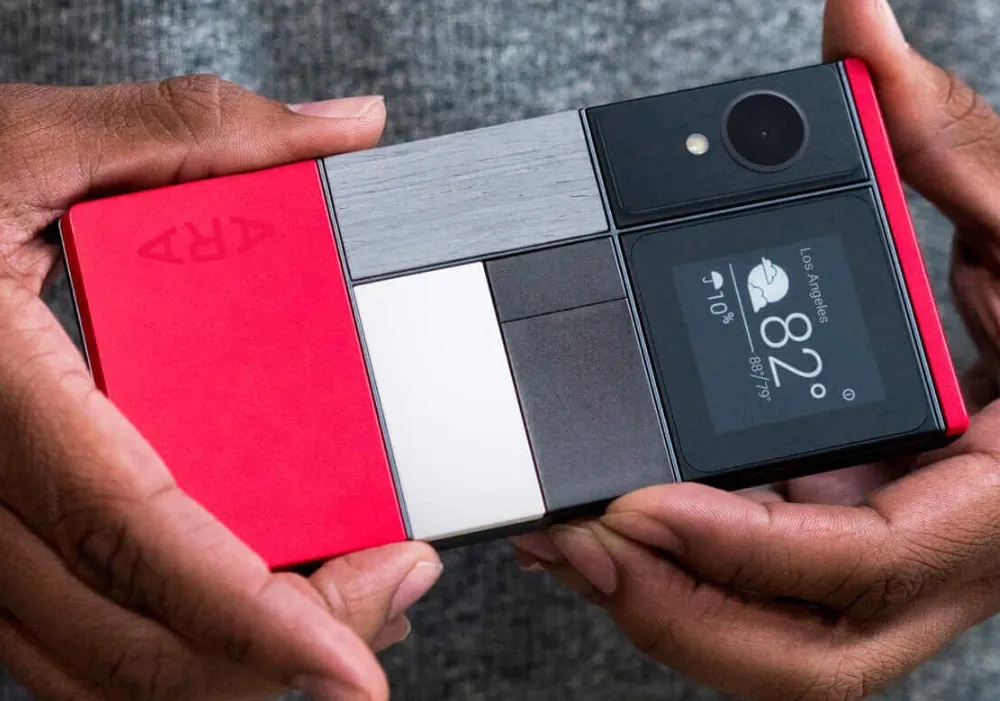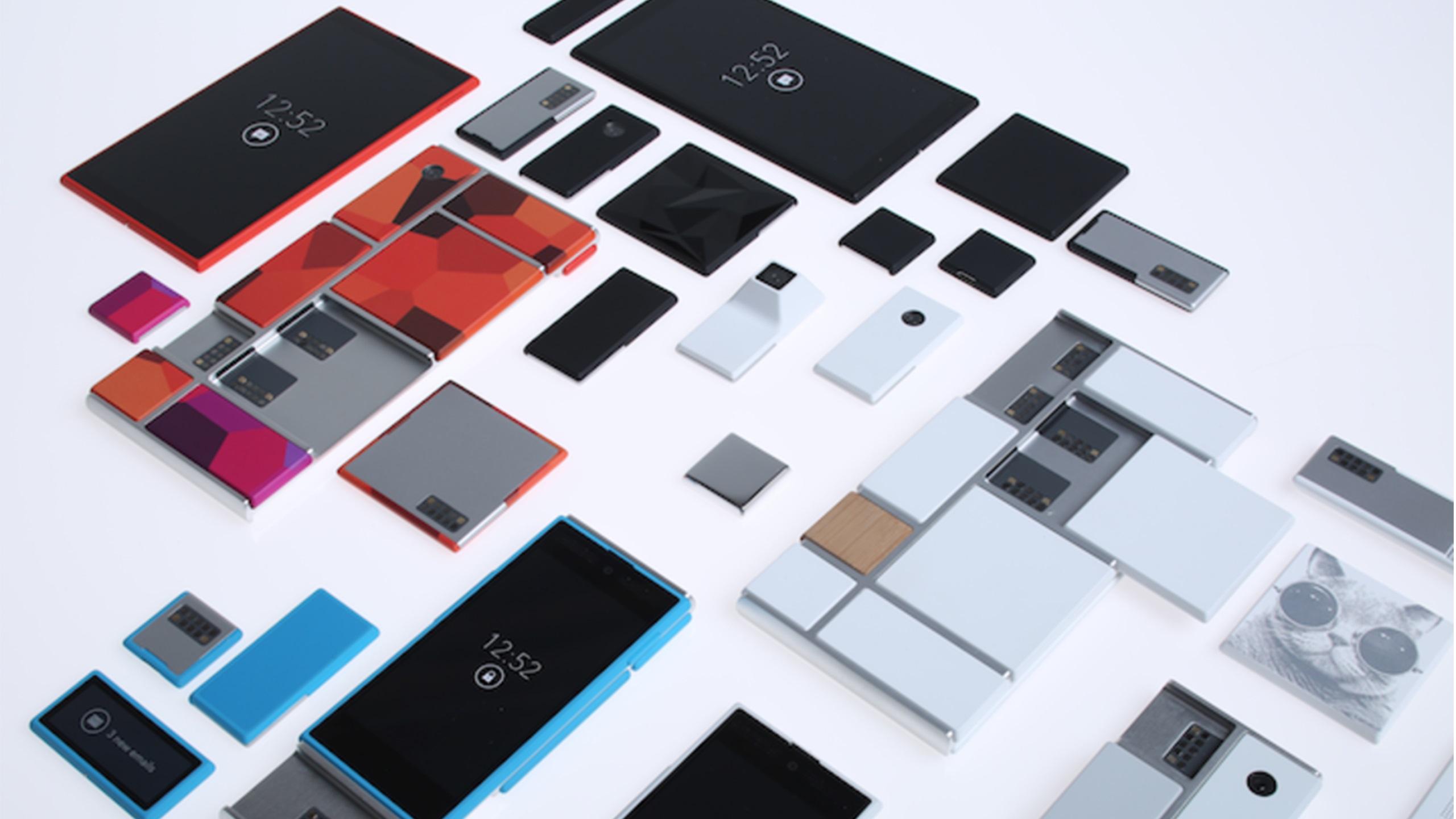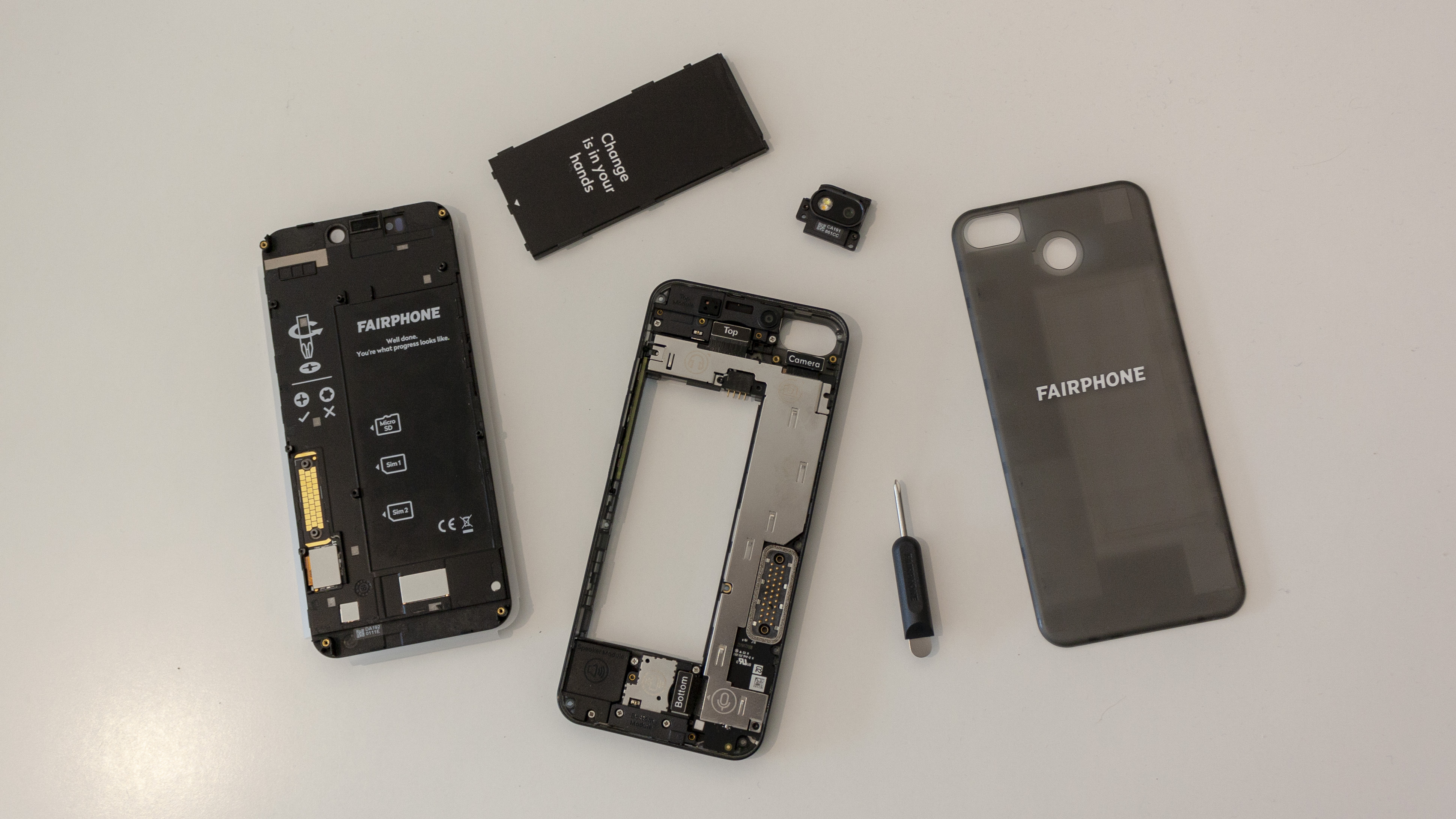Project Ara was the best smartphone idea you never got to try - here's why it deserves a second chance
10 years later, I’m still sad Google’s Project Ara never made modular phones a reality

It’s been 10 years today since Google, and the subsidiary it spun up when it owned Motorola, created Project Ara with the goal of making modular smartphones a reality.
That idea died.
The concept of Project Ara was rather simple as an elevator pitch: it consisted of a skeleton phone chassis designed to hold a mix of hot-swappable modules, from batteries and memory to cameras and processors. Project Ara was envisioned as a way to not only make it possible to customize a smartphone at a hardware level, but also facilitate easier repairs and provide an upgrade path to let people get a more powerful or capable phone without needing to get an entirely new handset.
Sadly, Google failed to make that a reality due to problems with sorting out modular parts with the tech at the time, concerns over durability and interoperability, and the challenge of forming a consumer-friendly model for modular phones. As such, Project Ara was abandoned in September 2016.
Motorola did try and carry the modular torch for a bit with phones that had hot-swappable back panels to either offer a bigger battery or better camera capabilities. But clearly, the market wasn't keen on the idea and those Moto phones went the way of the BlackBerry (read: dodo).
Modular mortis

Anyone who’s been a keen follower of TechRadar or the world of consumer technology as a whole will be familiar with such a story when it comes to modular consumer devices. Very few have really taken off.
I recall Razer’s attempt to make a modular gaming PC platform, dubbed Project Christine, which looked very slick but never found a market. This was arguably inevitable, as PCs by their nature are partially modular in that they are somewhat easy to upgrade and swap components out if you’re handy with a Phillips screwdriver and aren’t a beacon for static electricity.
Get daily insight, inspiration and deals in your inbox
Sign up for breaking news, reviews, opinion, top tech deals, and more.
Some laptops come with room for upgrading memory or swapping out Wi-Fi cards, and the Steam Deck and PS5 both support DIY SSD upgrades, if you’re happy to crack the machines open.
But on the whole, there’s precious little modular consumer tech around. In fact, as tech generations marched onward, devices have become less upgradable even at a basic level. Where once you could easily swap a smartphone battery, you’re pretty much out of luck with any of our selection of the best phones. And microSD card slots have become a bit of a relic of the past, at least with flagship phones.
This isn’t all doom and gloom as tighter packaging and glued-down components tend to make for slimmer yet more powerful phones crammed with more tech and smarts than ever before. The cost for this tech evolution is a lack of flexibility and the need for professional repairs.
Modular melancholy
Now I very much enjoy having a phone that can take impressive photos, offer smooth and eye-catching gaming, and understand commands groggily barked at it. But I still feel a pang of sadness that we never really got to see a Project Ara phone and that modularity in consumer tech isn’t the done thing.
At a time when the likes of Apple and Samsung are harping on about their eco-friendly processes and use of recycled materials, having an iPhone that’s as easy to repair as it would be for me to learn quantum physics standing on my head, feels… well... a bit off.
A phone with modular components could be a heck of a lot more environmentally friendly than getting a new phone, even if it has been made out of a load of recycled materials. Granted, old component modules may become e-waste - but perhaps to a lesser degree.
Of course, getting people to buy into the idea is another problem. For a start, there's a distinction to be made between an easy-to-repair device and one that’s made of mix-and-match components; the latter requires a degree of understanding and foresight – anyone who has made a PC will know this feeling.
As US Editor-in-Chief Lance Ulanoff told me in a discussion on the topic: “I didn't believe any consumer would want to "assemble" their phone. Basically every module mobile device since then has proven me correct. It's like asking people to build their own TV or Car. 99% will not do it.”
The last part of Lance’s statement is interesting, as there are companies that provide kit cars, which let people build a car nearly from scratch. But it’s a niche, and a small one at that. The same could be said for the amount of people who’d want to put together a phone using a mix of magnetic modules.
Nevertheless, I still think modular phones could have more of an appeal these days, as the push for right-to-repair has seen the rise of DIY tech tinkerers as a form of by-product. And I feel people know more about smartphones than ever before – they are inextricably part of most of our lives – so are better positioned to be selective about what they want in a smartphone.
Modularity still survives

While modular smartphones may never become a mainstream reality, especially as a lot of people seem fixed into two to three-year upgrade cycles, there’s still hope for modular tech.
Fairphone, which champions eco-friendly smartphones, has modularity (and morality) baked into the design of its phones so that components like cameras can be easily upgraded or damaged screens can be swapped out without the need for professional repair. This isn’t quite the customization Project Ara touted, and was more a move to challenge the “make-use-dispose mentality” that permeates a lot of the technology world. But it’s still a step in the right direction and one that I’d love the likes of Samsung, OnePlus and others to follow.
One of the best examples of true modularity can be found with the Framework laptops. These are modular machines that provide a basic laptop frame (hence the Framework name) with the scope to customize and swap in all manner if components, from keyboards to GPUs, ports and more.

These machines both tickle the appetite for customizable laptops, but provide devices that can be repaired by their users with just a bit of plug ‘n’ play module swapping.
Framework laptops aren’t for everyone, but they definitely got the attention of tech enthusiasts – and would have grabbed mine if I’d not pulled the trigger on the excellent if no-way-DIY-repairable MacBook Air M2.
Fairphone and Framework have set an example I think others could – and should – follow, and I’d love to see smartphones at least attempt to explore modularity again. If nothing else, please let us please swap batteries.
You might also like
Roland Moore-Colyer is Managing Editor at TechRadar with a focus on phones and tablets, but a general interest in all things tech, especially those with a good story behind them. He can also be found writing about games, computers, and cars when the occasion arrives, and supports with the day-to-day running of TechRadar. When not at his desk Roland can be found wandering around London, often with a look of curiosity on his face and a nose for food markets.